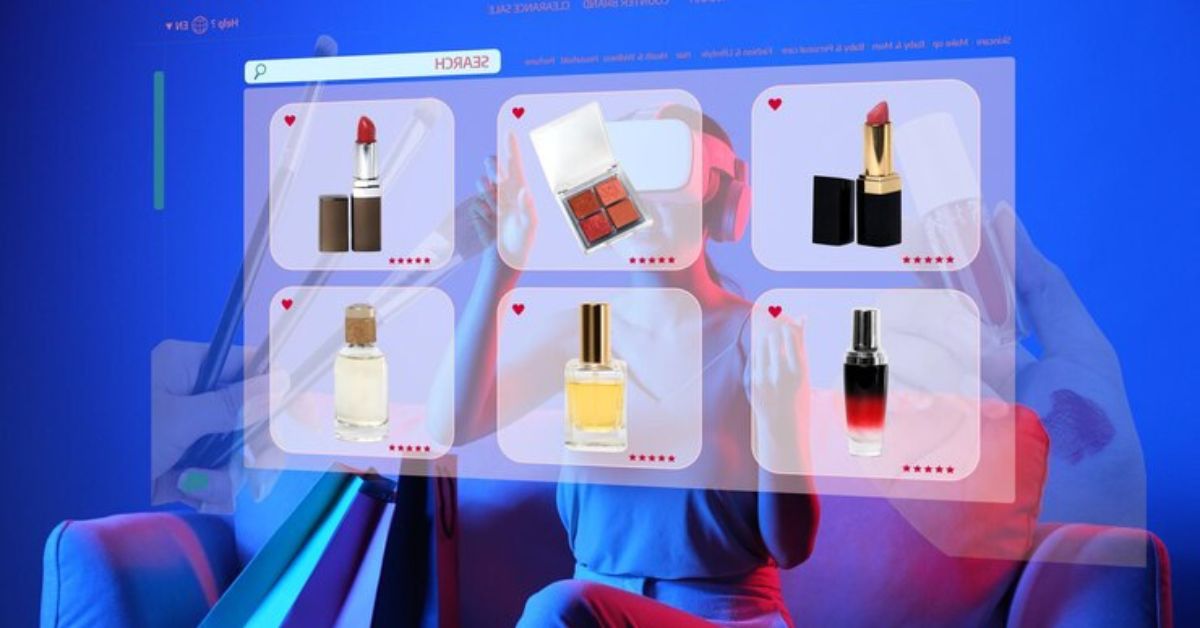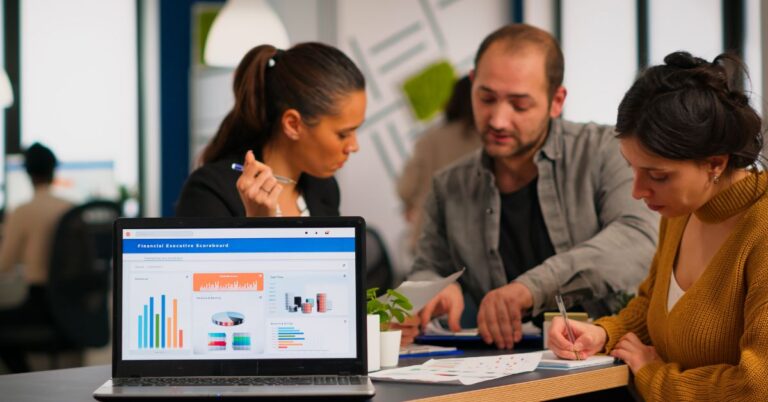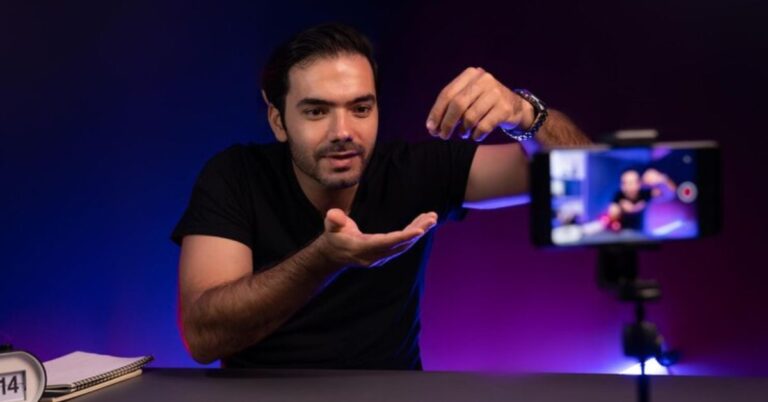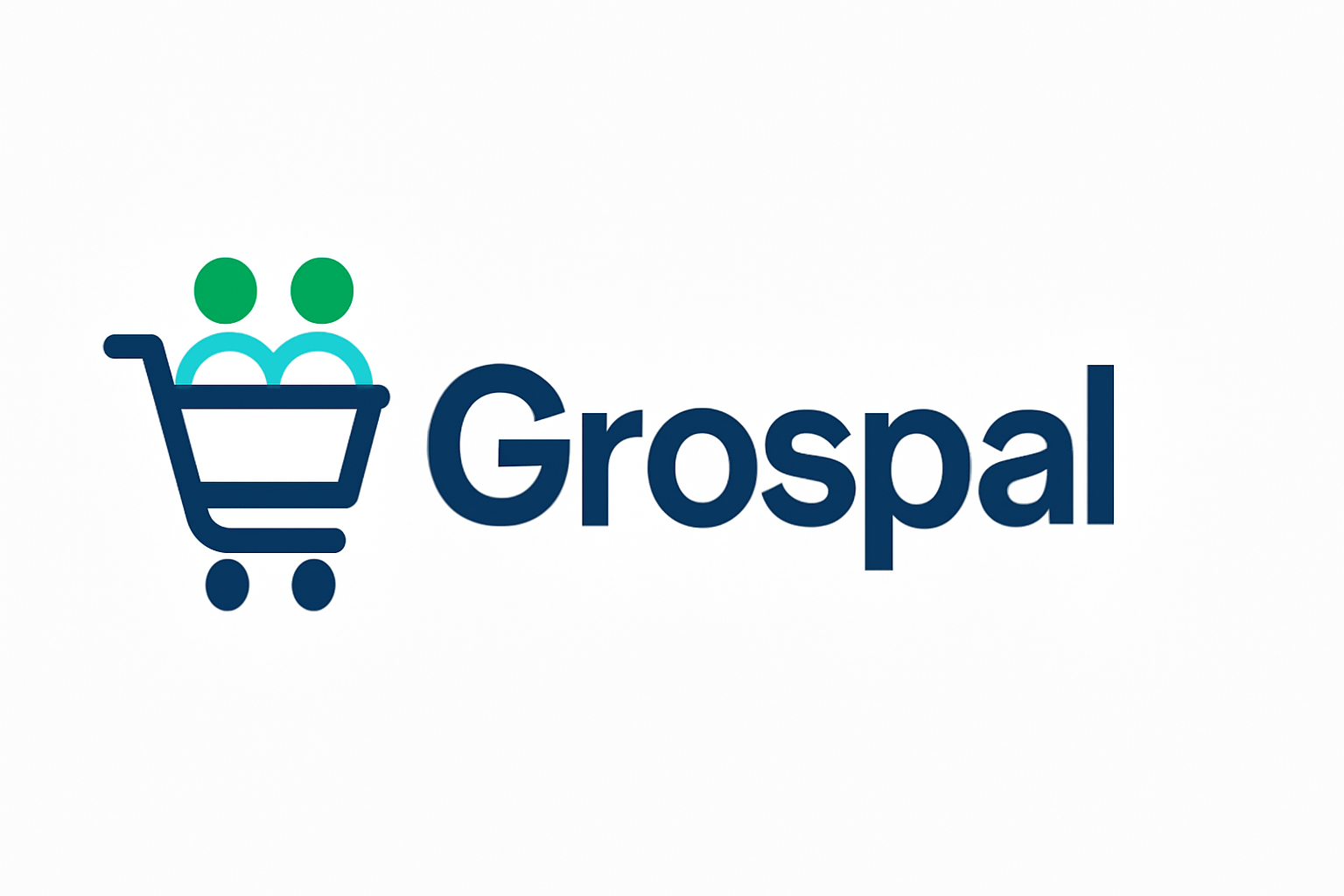How AI Is Changing Product Photography for Small Online Sellers

In online selling, product photography has become crucial. High-quality images impact how buyers perceive and choose products on platforms like Shopify and Amazon. But for small sellers, studio shoots and editing can be costly. Now, AI tools are changing the game, making pro-level visuals accessible without big budgets.
Traditional Product Photography: Time-Consuming and Costly
What Small Sellers Typically Face
Creating consistent, high-quality product photos has always been resource-intensive. Most sellers either try to do it themselves with makeshift setups or outsource to photographers. Both routes come with trade-offs:
- DIY methods are often time-consuming and result in inconsistent quality.
- Hiring professionals adds quality, but also significant cost and delay.
- Any change—like a new product variant—can mean repeating the whole process.
This becomes even more complex when sellers have multiple products, seasonal launches, or rapidly rotating inventory.
The Studio Problem
Studios offer control over lighting, staging, and background. But they also:
- Require physical access to the product
- Need coordination with photographers and models
- Add time to the go-to-market process
For small-scale operations, this level of involvement isn’t always realistic. Sellers need a way to create consistent visuals without depending on traditional photography pipelines.
The Rise of AI-Driven Visual Tools
Automation Meets Image Creation
In the last few years, AI tools have emerged that simplify and automate the photo creation and editing process. These platforms are designed for non-designers. Instead of relying on manual editing in complex software, sellers can now:
- Upload a raw product photo taken on a phone
- Automatically remove and replace the background
- Generate clean, consistent visuals in one click
- Add shadows, reflections, and visual context
All of this is done with algorithms trained to understand composition, lighting, object boundaries, and even brand consistency.
seller pic and Tools Like It
One platform offering this kind of AI-powered visual workflow is seller pic. It’s designed specifically for online sellers who need fast, clean, and platform-compliant visuals. Users upload product shots and use AI to transform them into polished images—without needing advanced editing knowledge.
Key features include:
- Background replacement tailored for e-commerce
- Lifestyle scene generation
- Batch editing for large product catalogs
- Output optimization for platforms like Amazon, Etsy, or Walmart
For sellers working without studios or design teams, tools like seller pic offer a middle path: professional-looking output with minimal manual effort.
How AI Is Replacing (and Enhancing) Creative Workflows
Editing Without the Learning Curve
One of the biggest pain points in image production is editing. Tools like Photoshop are powerful but not user-friendly for non-designers. AI systems simplify this by handling:
- Cropping and centering
- Color correction
- Lighting enhancement
- Style matching
Instead of relying on preset templates, the AI adapts to the specific object in the image, generating results that feel more natural and visually aligned.
Dynamic Content from Static Inputs
Many platforms now allow users to generate alternate formats from a single image:
- 360-degree spins based on inferred product structure
- Short videos created from static shots
- Model placement, where products are shown in use on AI-generated humans
This enables small sellers to create varied, dynamic content without taking more photos. It’s particularly useful for ads, marketplaces, and social platforms that prioritize motion content.
Lifestyle Photography Without Physical Sets
Virtual Scenes
Traditionally, lifestyle photos required real environments, props, and models. Now, AI systems can place your product inside a virtual scene:
- A kitchen counter
- A modern office setup
- A bathroom shelf
These environments are generated digitally, allowing sellers to contextualize products without needing access to expensive sets or on-location shoots.
Control Without Complexity
Unlike real photography, virtual scene creation allows for:
- Adjusting camera angles post-shoot
- Changing lighting or time of day
- Swapping surface textures (wood, marble, concrete, etc.)
This offers far more flexibility in how sellers present their products visually—and makes it easier to A/B test creative ideas.
Scaling Content for Large Catalogs
From 10 SKUs to 1000—Without Slowing Down
As product lines expand, content needs grow exponentially. AI workflows allow sellers to:
- Create template-based image styles
- Apply the same visual logic across hundreds of listings
- Automatically adjust for size, shape, and background needs
This drastically reduces the burden on teams managing large catalogs. Instead of needing separate photo sessions for every item, one scalable system can handle output for multiple products simultaneously.
Platform-Specific Output
Each e-commerce platform has its own visual requirements. Amazon, for example, requires pure white backgrounds and strict margins. Etsy, on the other hand, encourages creative styling.
AI-based tools can generate output formatted for each platform automatically, ensuring compliance and minimizing rejection rates during listing.
Working Remotely, Selling Globally
No Inventory Needed
Some sellers operate using dropshipping or print-on-demand models. In these cases, they may never physically hold the product. With AI tools:
- Mockups can be generated from reference images or product renderings
- Consistent images can be created before inventory even arrives
- Product pages can go live faster
This is especially helpful for pre-launch phases and testing new product lines.
Faster Time to Market
Because traditional photography involves scheduling, coordination, and editing, it creates bottlenecks. AI allows sellers to:
- Create listing-ready visuals within hours
- Adjust visuals in real-time based on performance or feedback
- Launch campaigns more frequently without new shoots
Speed is often a competitive advantage, especially in seasonal or trend-based categories.
Reducing Costs Without Sacrificing Quality
Budget-Friendly Alternative
Studio shoots are costly. Even a basic shoot with a few props and edits can run into hundreds of dollars. By contrast, AI-based tools:
- Charge per image or offer monthly subscriptions
- Remove the need for physical setups or gear
- Minimize revisions, reshoots, and editing back-and-forths
This enables sellers to reinvest that budget elsewhere—such as advertising or inventory.
More Output for the Same Time
With manual workflows, image creation is slow. Even an experienced team can only process so many images per day. AI allows even one person to create dozens—or hundreds—of polished visuals in the same amount of time, increasing total content volume without scaling headcount.






